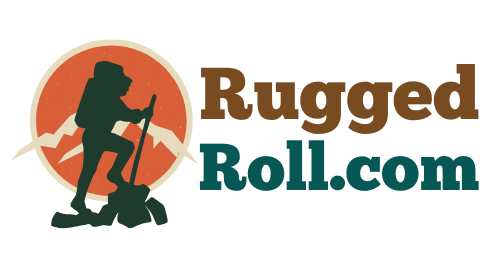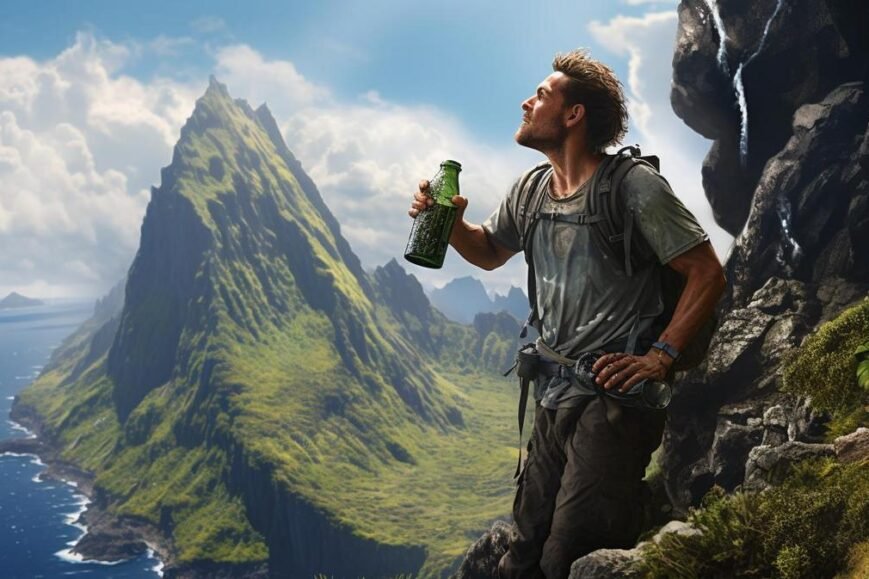- Hydration is essential for hiking to maintain muscle and brain function, control body temperature, and prevent fatigue.
- A 1-liter water bottle is generally a good balance for average hikes; consider sources to refill on the trail.
- BPA-free plastics and stainless steel are preferred for being lightweight and durable.
- Nalgene and Smart Water bottles are popular for their ruggedness, weight, and chemical-free properties.
- Hydro flasks are suitable for their ability to maintain beverage temperatures, though heavier.
- Water bottle innovation includes integrated filtration, collapsible designs, smart hydration reminders, and improved toughness.
- Clean your water bottle after each use with warm, soapy water, and avoid mold by drying properly.
- Hydration packs allow for easy sipping but can be harder to clean, while bottles are simpler but require stopping for a drink.
- For safety, use filters or purification tools for drinking natural water sources when hiking.
- Collapsible bottles and soft flasks are the lightest options for long-distance treks.
- Use carabiners or side pockets for easy water bottle access; weigh the pros and cons of internal versus external storage.
- Special bottle features like built-in compasses, storage compartments, and noise reduction can enhance the hiking experience.
- Choose a water bottle that reflects your outdoor style and meets the specific demands of your hikes.
- For short treks, a smaller bottle may suffice, but longer or hotter hikes require larger or additional bottles; half a liter per hour is a good drinking guideline. Always carry a little extra as a precaution.
Your backpack’s ready, and your boots are tied, but is your water bottle up to the task? Out on the trail, water is not just a thirst quencher—it’s your lifeline. Keeping hydrated means keeping alive. A good hike can turn tough if your body begs for water. So, what’s crucial? Knowing which hiking water bottle won’t let you down. Let’s unpack the must-haves for your hydration hero. Keep reading to find out how to pick a winner!
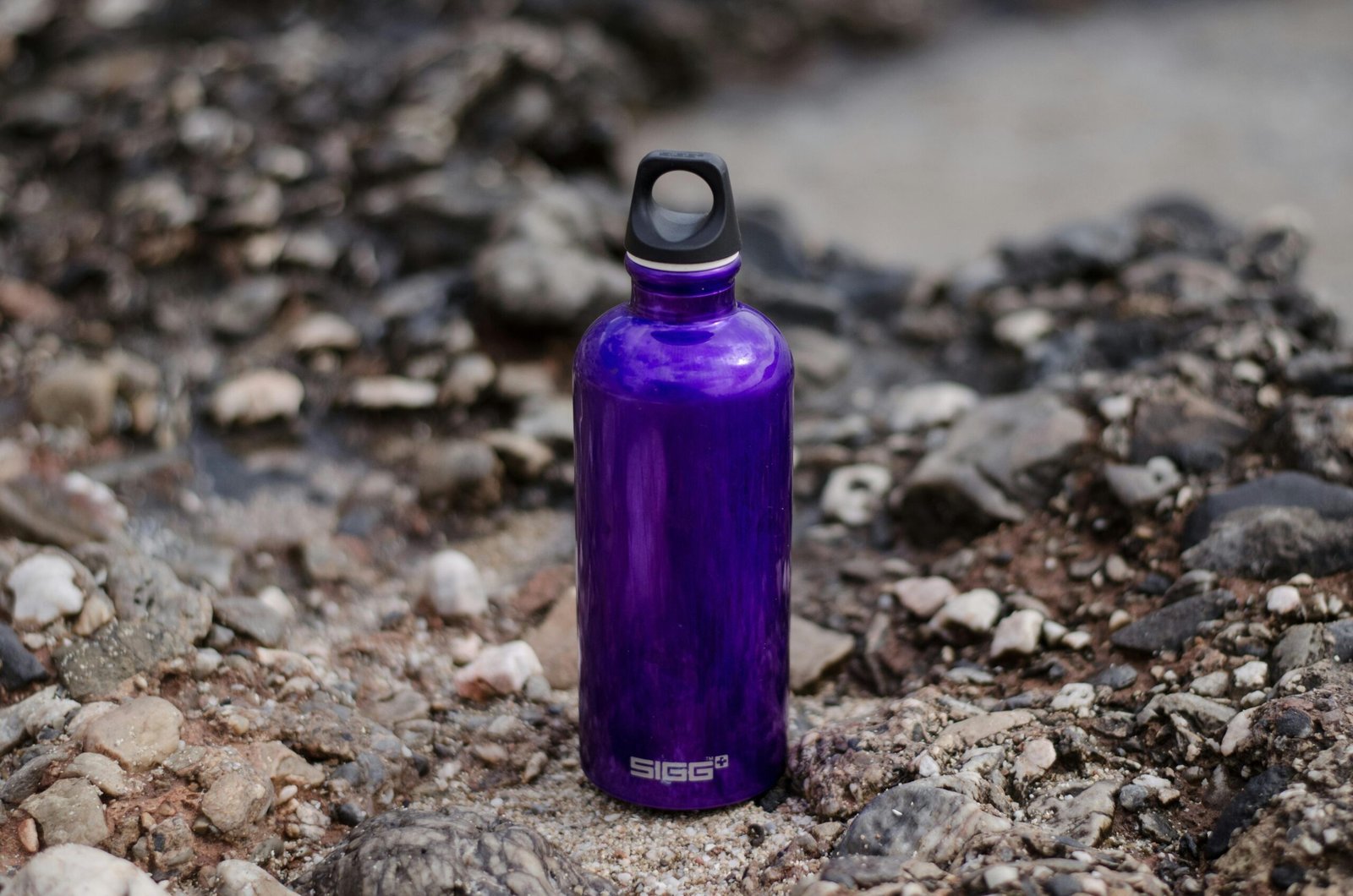
Why Is Hydration Crucial for Hiking?
Staying hydrated is key when you hike. Water keeps your body working right. It helps your muscles move and your brain think. If you don’t drink enough, you might get tired fast and feel bad. This is bad for your hike.
Why do you need water on the trail? Your body needs it to work well. When you walk, run, or climb, your body gets hot. Water cools you down. Without it, you cannot hike far or feel good.
If you get dehydrated, you might feel dizzy, get headaches, or feel very thirsty. These are signs your body needs water fast. Your heart also has to work harder if you’re dry. This is not good when you’re hiking up a mountain!
When you’re high up, it gets harder to drink enough. The air is thinner and drier. You might not feel as thirsty, but your body uses more water. So, you must drink more to stay safe.
So remember, when you pack your bag for a hike, always think about how much water you’ll need. It’s not just about how long you’ll walk. Think about how hard the hike is too and if you’ll be up high. This way, you can stay safe, enjoy your hike, and see great views without worry!
How Do I Choose the Right Size for My Hiking Water Bottle?
What size water bottle should you hike with? In ounces, aim for 32. That’s a 1-liter water bottle for hiking. This size balances weight and meets average needs. Hike duration and how hard you push yourself to set your personal water needs. Long, tough hikes call for more water. But remember, big bottles can be heavy.
Small bottles are light but might not hold enough for your trip. A good hike calls for about half a liter of water per hour. So, for a 2-hour hike, a 1-liter bottle works well. For all-day treks, consider high-capacity water bottles for hiking. But, how do you balance weight with enough water?
Think about the trail ahead. Will there be streams or lakes to refill your bottle? If yes, you could bring a smaller bottle. If not, go for a big one. Keep in mind, that a full high-capacity bottle is heavy. It can tire you out faster than a small one. Your choice can make your hike a breeze or a big task.
Always think about safety first. Never cut back on water to save on weight. It’s better to carry a bit more than to run short. Your body needs water to work well, especially when you’re pushing it on a hike. Think about the space in your pack, too. Make sure your bottle fits snugly and is easy to grab when you need a drink.
In the end, it’s about what fits your hike. Look at the trail, think about your thirst, and pick a bottle that meets both needs. This way, you can enjoy your hike without worries.

What Are the Best Materials for Hiking Water Bottles?
What type of water bottle is best for hiking? Go for BPA-free and eco-friendly options. These materials ensure your hydration is safe and good for nature. Let’s compare plastics, stainless steel, aluminum, and glass.
Plastics like BPA-free allow for light carry. They often come in high-quality forms that last long. But beware! Some have harmful chemicals like phthalates. Always check labels to steer clear of these.
Stainless steel wins on durability and health safety. It’s tough and keeps your drink free from BPA. Many hikers choose steel for its strength against drops and hits.
Aluminum bottles are light and tough too. But, they might need a liner to stop taste and BPA. So check if it’s labeled as having an inner coating.
Glass is great for taste but falls short in survival. It’s heavy and can break if you take a tumble. That’s not good when you’re far from home.
Weight does matter when choosing. More weight can slow you down. So match your choice to your hike length and load. The right pick keeps your bag light and your body full of water.
Look for bottles that mix lightweight materials with toughness. This way, you can hike without worry. Stainless steel and BPA-free plastics are often the top picks for their balance of durability and weight. Remember, your health is key, so aim for water containers that promise a clean sip, every time.
Why Are Nalgene and Smart Water Bottles Popular Among Hikers?
Hikers like Nalgene bottles for their toughness. Many hikers use smart water bottles because they are light. Nalgene bottles have a strong name and last a long time. They can take a hit and still not break or crack. This is key when you’re moving through rough places. Smart water bottles are loved because they weigh very little. When you pack for a hike, every ounce counts, so a bottle that weighs less is a good pick.
Both kinds of bottles keep the water’s taste just right. They are free from bad chemicals like BPA. This means you can drink without worry of yucky stuff from the bottle getting into your water. They come in all sizes but many hikers like the one-liter size. It’s big enough to hold a lot of water but not so big it’s hard to carry.
Features that help hikers include the wide mouth of a Nalgene bottle, which makes it easy to fill up. Smart water bottles fit well in pack side pockets. This makes it simple to grab a drink without having to stop and dig through your bag.
These bottles also show how much water you have left. This helps you plan when to fill up again. You can find both bottles almost anywhere, from big stores to small shops. They are common on trails because they just work so well. Think about where you’re going to hike and how much water you need. Then, pick a Nalgene or Smart Water bottle that fits your needs. They’re both tried and true choices for staying hydrated and happy on the trail.
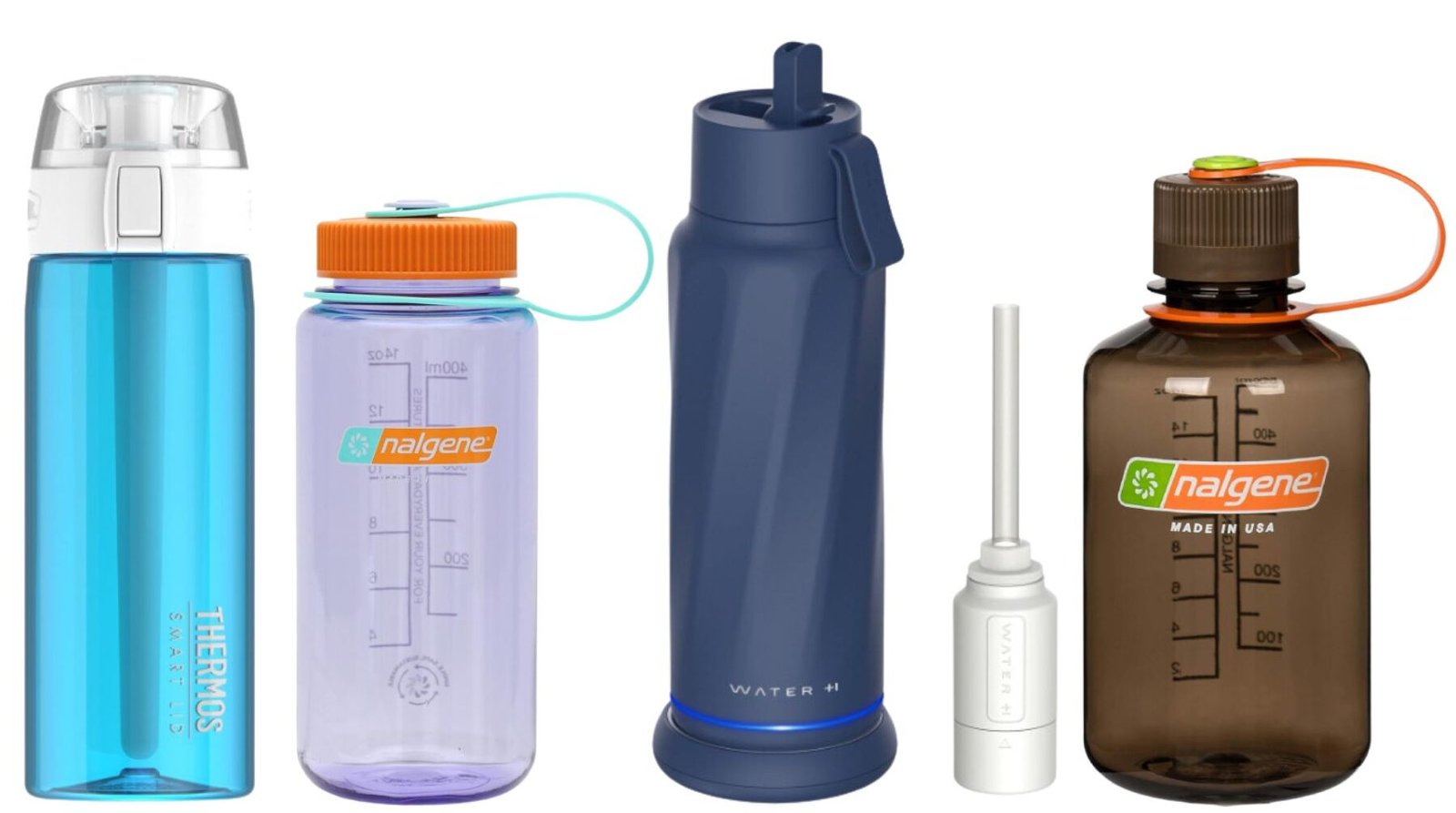
Are Insulated Bottles Like Hydroflasks Suitable for Hiking?
Are Hydroflasks good for hiking? Yes, they are.
Insulated drink bottles, like Hydroflasks, keep drinks hot or cold for hours. This matters a lot when you’re out on the trails. You want your cold drinks to stay chilled and your coffee to stay warm. Thermal regulation water containers help with this.
However, these bottles can be heavier than non-insulated ones. That extra weight comes from the insulation materials used to keep your drinks at the right temperature. You have to decide if the weight is worth it.
An insulated bottle is perfect for hikes in extreme heat or cold. It’s where they shine most. For shorter walks, or in mild weather, you might pick a lighter bottle.
When comparing Hydroflask to other insulated options, look at how long they keep liquids hot or cold. Also, check the weight and how tough they are. You want one that holds up against drops and dings.
Remember, when picking the right bottle for your next hike, think about how long you’ll be out and what the weather will be like. If you’re going far or expect harsh temperatures, an insulated bottle could be your best friend. Just make sure you’re okay with the extra weight in your pack. Choose wisely, and stay hydrated out there!
What Innovations Make Water Bottles Better for Hikers?
Hikers need tough gear. This includes water bottles. New designs help a lot. Fun fact: Did you know some bottles now filter water? That’s right! You can fill up from a stream and drink safe, clean water. This is thanks to integrated filtration systems.
Another cool thing? Bottles that squish down to save space. These collapsible and space-saving designs are great. You use your drink, squish the bottle, and stuff it away. Your pack stays light and easy to carry.
What’s more, we now have bottles that can remind you to drink. They have tech that tracks how much water you’ve had. If you forget to sip, they’ll let you know. Those smart hydration reminders and tracking are like a friend who cares if you’re drinking enough.
And we haven’t even said how strong they are! Today’s bottles are built to last. They have durability and ergonomic enhancements. That means they can take a hit without breaking. And they are shaped to fit your hand well. Super handy!
Looking at these new features, it’s clear that innovative water bottle designs for hikers aren’t just about looking good. They really help out on the trails. Hydration technologies for hikers keep getting better, making sure we stay safe and hydrated on our adventures.
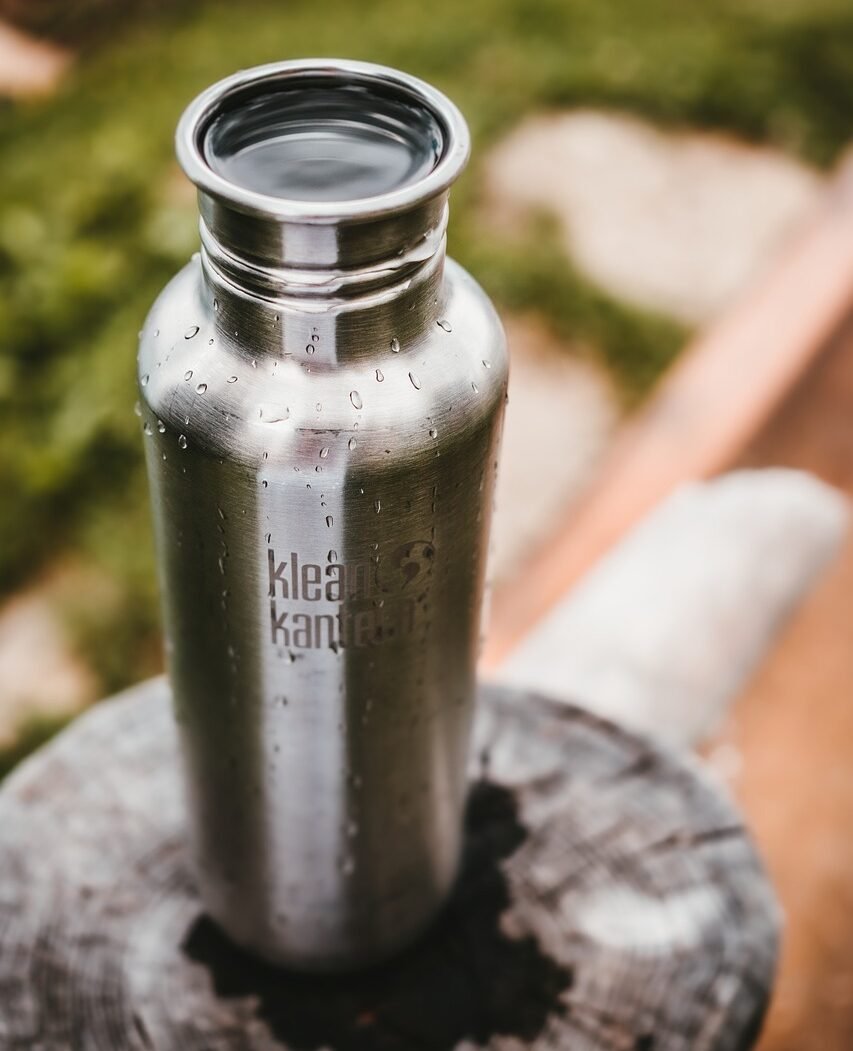
How Can I Maintain the Quality of My Hiking Water Bottle?
To keep your water bottle like new, wash it after each use. For this, warm, soapy water works best. Scrub it inside out with a brush to reach all corners. For a deep clean, you can use a mix of baking soda and water. Rinse the bottle well when done.
Dry your bottle upside down to avoid water spots. Storing it with the lid off prevents mold and bad smells. If any mold shows up, a mix of vinegar and water can help. Fill the bottle with this mix and let it sit for a night. Then, scrub and rinse it clean.
For bottles made of steel, stay away from bleach. Instead, use mild cleaning agents. Following these steps can make your bottle last years. Remember to clean your bottle regularly to prevent germs.
Stay safe out there, and keep hydrating with a fresh, clean bottle every time!
What Are the Pros and Cons of Hydration Packs vs. Bottles?
When it comes to drinking water, hydration packs let you sip without stopping. Bottles need you to slow down or stop. Hydration packs have more room to carry water. They hold water in a bladder with a hose for easy access. Bottles, however, can be simple to refill and share with others.
Hydration packs spread the weight across your back. This can help balance and comfort on long walks. But bottles may cause your pack to feel uneven. Some find water bottles easier to grab and replace as they walk.
Keeping your drink gear clean is a must. Hydration packs need more work to keep clean. Hoses and bladders can grow bacteria if not cared for right. But bottles are often simpler to wash out.
In the end, picking between hydration packs or bottles depends on your needs. Think about how long and where you will hike. Are you okay with stopping to drink or do you want to sip and go? Packs give easy water while moving. Bottles are less of a fuss to clean and refill.
For those who hike a lot, owning both could be wise. Use a water bottle for short walks. Pick a hydration pack for longer trails. Keep both clean and switch based on your hike. Trust your gut and choose what feels best for you. Your body will thank you for staying well-hydrated on the move!
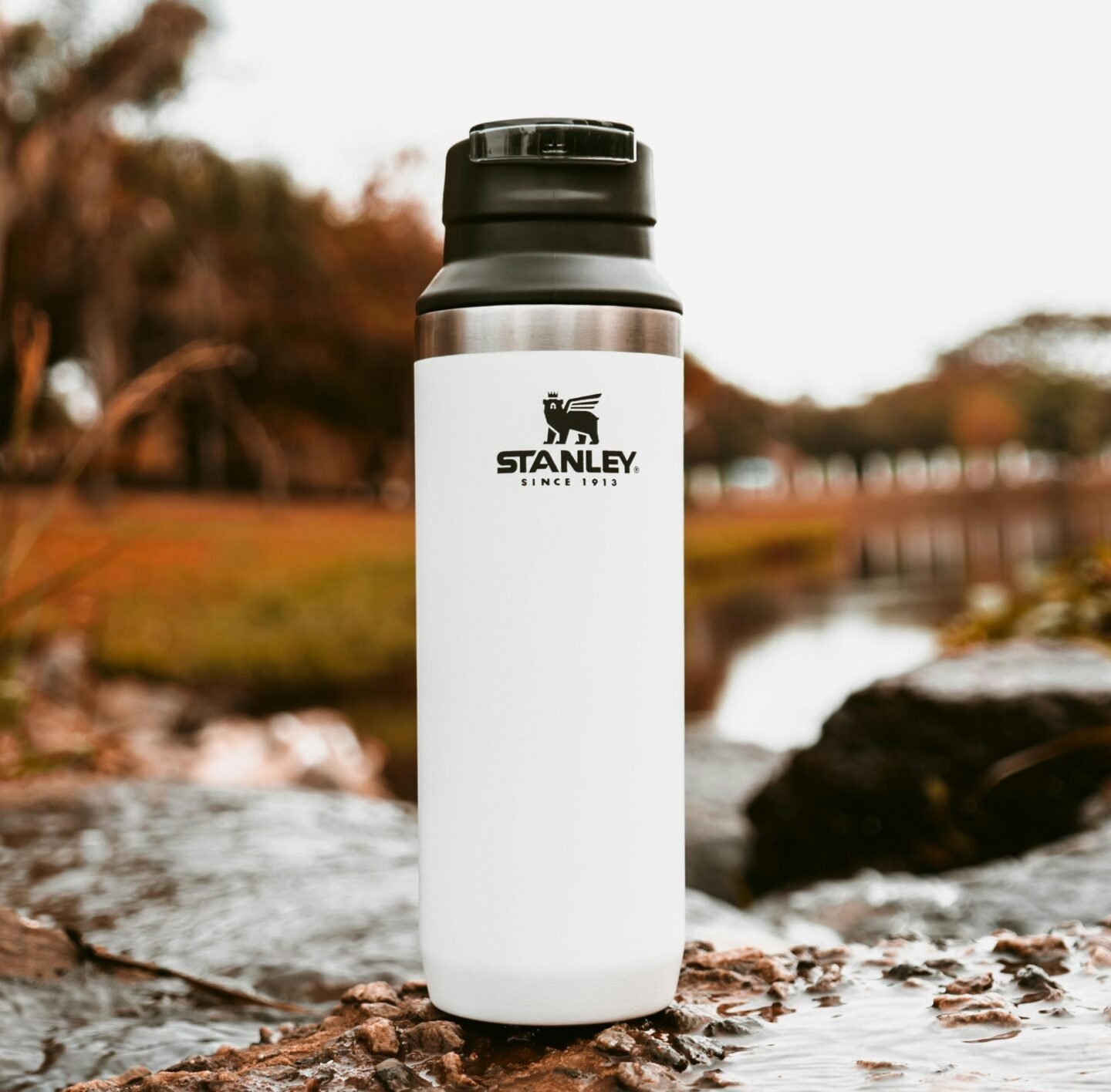
How Can I Ensure Safe Drinking Water When Hiking?
Safe water matters a lot on hikes. Always know where to find it. Portable filters or UV purifiers help. If water looks dirty or unclear, do not drink it. You might get sick from stuff you can’t see. So, always bring tools to clean water.
Some choose chemicals like iodine for cleaning water. This kills germs but may change the taste. Filters can make water taste better. They take out bad stuff without adding any new tastes. Choose what you like best to make sure you enjoy your water on the trail.
Plan for long trips. Know where you can get more water. Check maps for streams or lakes. Remember, they may not always be safe. Always use your filter or purifying tools on these sources.
Staying healthy and hydrated means enjoying hikes more. Take the right steps. Make sure your thirst doesn’t lead to trouble. Now, step out confident you’ll have the safe water you need.
What Are the Lightest Water Carrying Options for Long-Distance Treks?
When you’re in for the long haul, every ounce counts. What bottles are the lightest? You want to look at materials and minimal design. Plastic often wins for being light, but you can do even better. Enter the world of collapsible bottles and soft flasks. These gems fold down when empty, saving space and weight.
Now, don’t risk dehydration to cut down weight. Instead, take enough water but pick the right gear. Collapsible options like HydraPak or Vapur let you carry the water you need without the bulk. There’s also the magic of multi-use items. Some gear like cooking pots can double as water containers.
Think about your route, too. Will there be streams or lakes? Plan it right, and you can carry less. You just refill more often using a light filter or purifying tablets.
Don’t forget, a bottle’s weight isn’t just about the bottle. It’s what’s in it. Choose smart, stay safe, and keep sipping all the way to your next grand view!
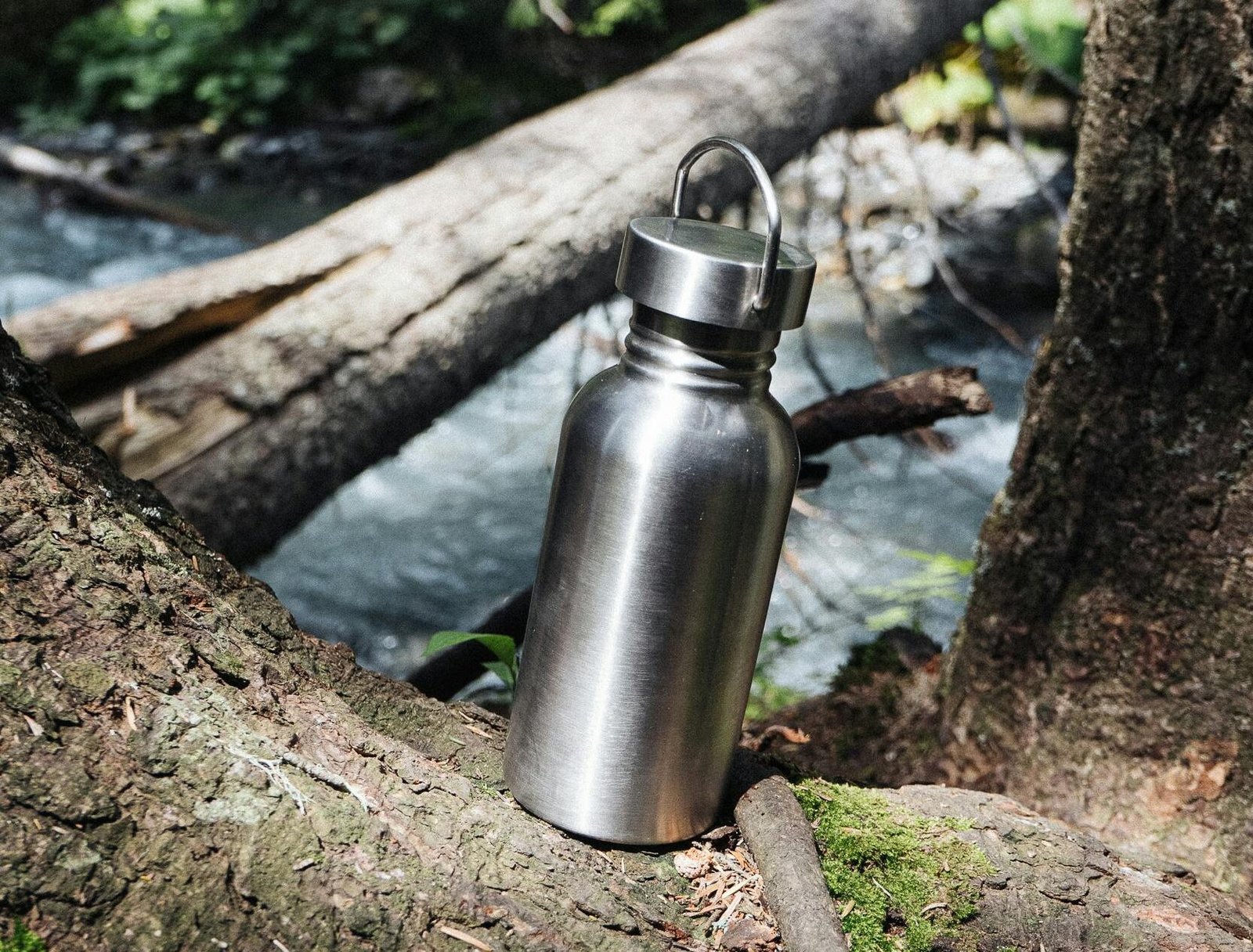
How Should I Attach My Water Bottle to My Pack for Easy Access?
When you hike, you need quick access to your water. This keeps you moving and hydrated. To keep your water close, attach a bottle with a carabiner to your pack. A carabiner clip is an easy way to secure a bottle outside your backpack. This clip is like a hook. It opens and closes. Attach it to a loop or strap on your pack.
Some hiking packs come with pockets for bottles. These pockets are on the sides. They let you grab your water without stopping. You just reach back and take a sip.
You can also use holsters or slings made for hiking. These are like special pockets that you wear. They hold your bottle snugly and in reach.
Let’s talk about the pros and cons of both ways. If you put your bottle inside your pack, it keeps it safe. It won’t fall and won’t get dirty. But, it’s harder to reach when you want a drink. If it’s on the outside, you can grab it fast. But, it might bounce around or hit things.
So, think about what works best for you. Would you rather it be safe but hard to get? Or easy to reach but may swing around? You decide and hike on with water always at hand.
What Unique Water Bottle Features Can Benefit Hikers?
Do you need a water bottle with a built-in compass? Yes, it helps you stay on track. Having a compass on your bottle means one less thing to carry. Plus, it’s always in sight, so you can check your direction quickly. This feature is perfect for when you’re deep in the woods or facing rough terrain.
What about storage? Yes, it is useful! A multipurpose water bottle with storage lets you stash keys or snacks. This way, your hands stay free, and you don’t have to dig through your bag for small items.
Reflective materials – are they important? Absolutely! They make you visible at dusk or dawn. They catch the light, so others, like bikers or runners, can spot you. Safety comes first, and anything that makes you more visible can prevent accidents.
Should you get a water bottle with interchangeable lids? Yes, they’re handy. Different lids mean you can switch from a sip-friendly lid to one better for pouring. This versatility is great for different types of drinks or sharing water with a buddy.
Is noise a big deal? Yes, for animals. Noise-reduction features keep the peace in nature. They help you stay quiet, so you don’t scare wildlife away. Being considerate of our forest friends is key to a true adventure-ready water bottle.
When you hit the trail, every feature on your gear should help you out. Choose a bottle that does more than just hold water. Find one that fits your hike, keeps you safe, and respects wildlife. It’s a small detail, but it can make your hike much better.
How Can I Match My Water Bottle to My Outdoor Style and Needs?
When choosing a water bottle, think about where you’ll hike. Will it be hot deserts or cool forests? Pick one that fits these spots. Like colorful bottles? Many come with cool designs and stickers to show your style. Love nature? Some bottles support parks and the planet. When you hike, your bottle is your friend. It holds the water you need. So make it fun and fit your needs. Choose a tough bottle for rocky places. Go for a light one if you climb hills. Think about how it looks and what it does for you. It’s more than just a bottle. It’s part of your hiking gear and shows who you are. Make sure it can handle the wilds and makes you smile. Remember, the best bottle is one you love to take along on every hike.
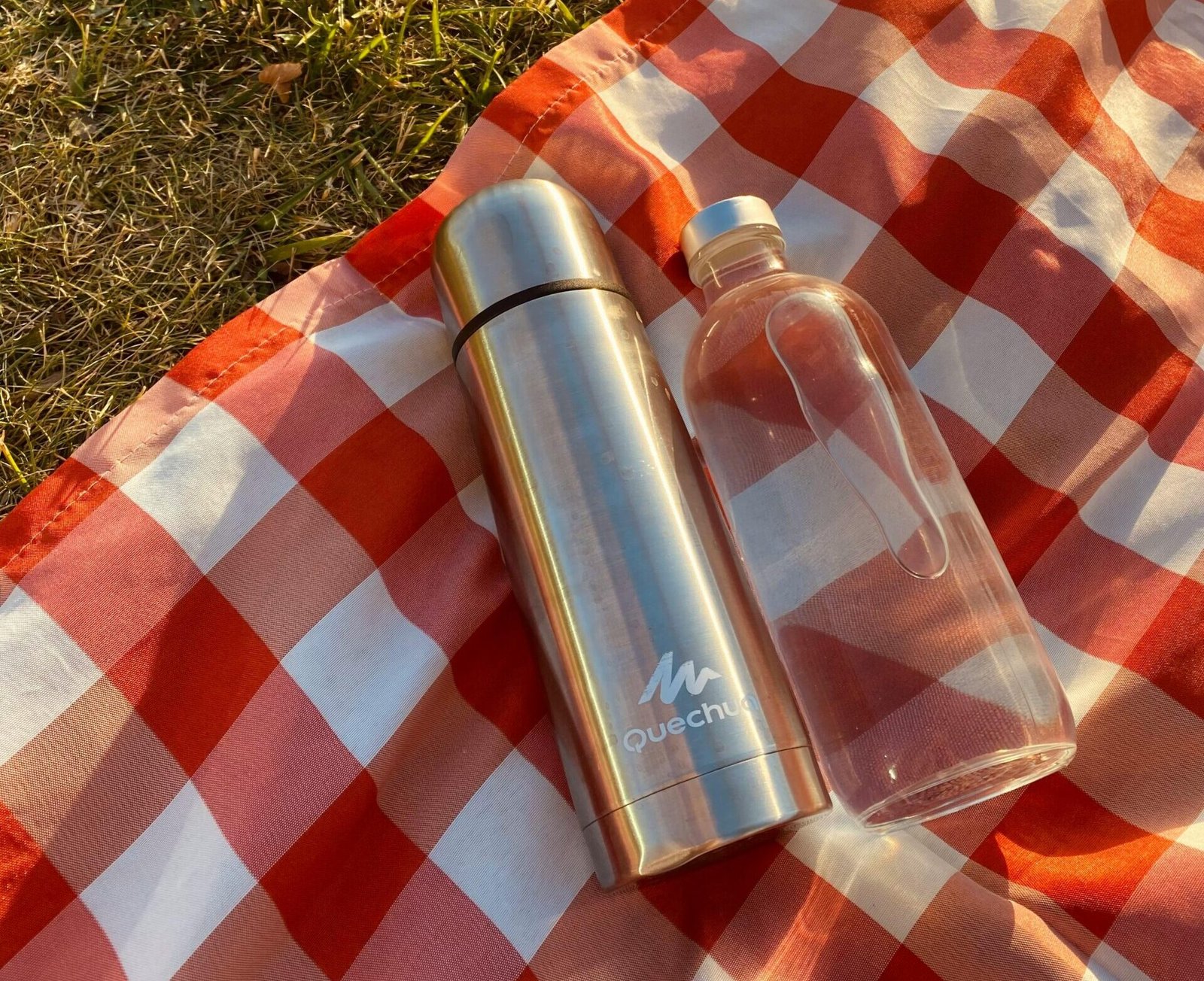
How Do I Choose the Right Size for My Hiking Water Bottle?
What size water bottle do you need for a hike? It depends. Before a hike, think about how much water you’ll drink. If you go for short, easy walks, a small bottle may work. A small bottle holds less but is light to carry. A 1-liter water bottle for hiking is a common choice. It offers enough water but not too much weight.
But, for long hikes or in hot weather, you might need more water. High-capacity water bottles carry more but add weight to your pack. To stay safe, drink about half a liter per hour of moderate activity. For long treks, plan your refills to balance weight and hydration needs. Always carry a bit more water than what you think you need. This way, you’re ready for the unexpected. Remember, running out of water on the trail can be risky.
When picking the right size, think about hike length and your thirst level. A hike can be hard and sweat can be heavy. You will need water to stay sharp and keep walking. The right bottle size means less trouble and more fun on the trails. So, choose with care, drink with joy, and hike on!
Conclusion
Water is key for any hiker. Without enough, your body struggles and your hike gets tough. Know how much to take, and pick the right bottle to help you drink up and stay sharp. Look for light ones, with smart features like filters, to make sure you’re safe and hydrated. Choose a bottle that fits your hike and style, and take care of it so it’s always ready for adventure. Stay hydrated, stay safe, and keep exploring!
![]()
